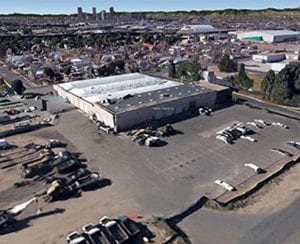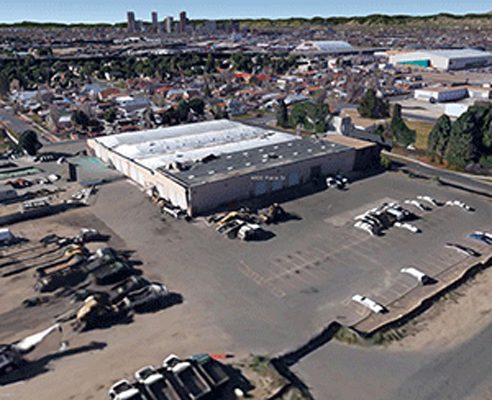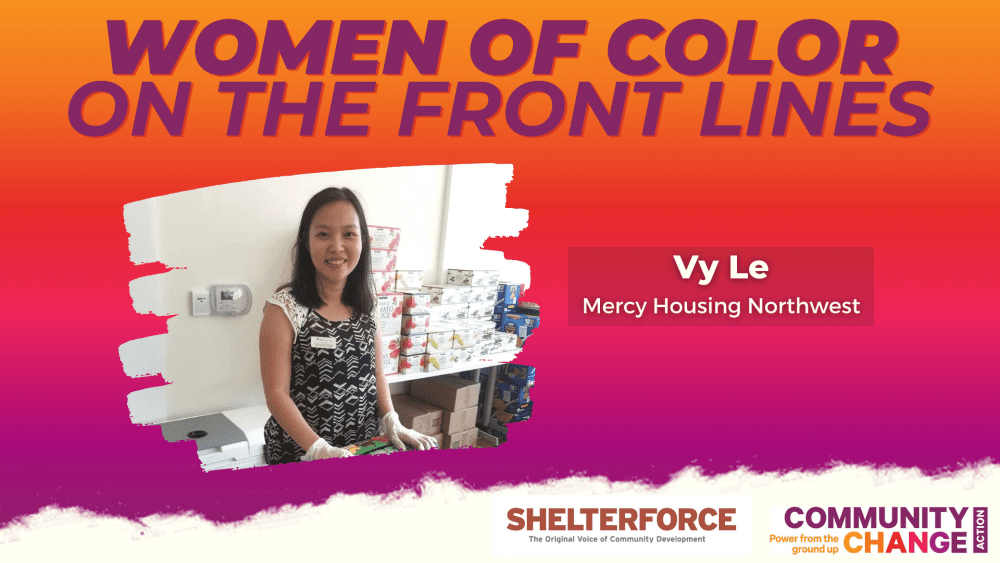
These neighborhood transformations can sometimes be intentional, initiated by planned economic development efforts like large-scale public investment to create new infrastructure and amenities; transportation projects, sports arenas, convention facilities and parks. But more often, the changes labeled as gentrification are unknowingly sparked by some random combination of well-intentioned actions over the course of several years. Many philanthropic, government, and nonprofit organizations typically seek to improve the physical and social conditions for families living in distressed low income areas, commonly referred to as community development or neighborhood revitalization.
However, any veteran community development practitioner must also acknowledge the dual responsibility of creating neighborhood improvements while also managing the potential of those same improvements to change private market perceptions that attract new higher income “urban pioneers” who often precede displacement. Many of these communities have neither the resources nor the technical knowledge to resist what is for them, detrimental market driven change. This holds true throughout most major cities of the United States today as a result of the strong domestic economy and financial stability resulting from the intentional efforts of President Obama’s administration.
Private market domestic and foreign capital is flowing at increasingly high rates into America’s major markets.
- New York City’s developers have generated over $3.7 billion of foreign sourced investments in local real estate using the federal government sponsored EB-5 program. In response, New York Mayor Bill de Blasio’s administration has declared a housing crisis and created a 10-year Housing Plan designed to build and preserve 200,000 affordable housing units. The New York Real Estate Investment Co-operative is a grassroots organization formed in 2015 to secure permanently affordable space for civic, cultural, and cooperative use in NYC, and has received pledges of $1.3 million toward its efforts to finance at least one affordable commercial property by 2017.
- The City of Atlanta is building the $1.4 billion Mercedes Benz professional football stadium adjacent to the blighted, low income, historically African American neighborhoods of Vine City and English Avenue, with $30 million allocated to the Westside Futures Fund targeted to improve opportunities for existing residents. The Atlanta BeltLine former freight rail corridor is being repurposed as a 22-mile transit oriented development loop, envisioned to generate $10 billion of new investment, transforming each of the 45 neighborhoods it touches–a mixture of affluent or underserved communities. Upon completion in 2030, the BeltLine project goals include producing 5,600 affordable housing units (20 percent) out of 28,000 total new units.
- Denver’s predominately low income Latino neighborhoods of Globeville, Elyria, and Swansea will soon feel the impact of the estimated $1.17 billion reconfiguration and expansion of Interstate 70, and an additional investment of over $1 billion to redevelop the historic National Western Stock Show convention facility. Denver Mayor Michael Hancock has launched an initiative to create a dedicated revenue source of $150 million over a 10-year period for affordable housing to meet Denver’s current shortfall of 27,000 units. To address community needs, the Denver Office of Economic Development has partnered with the non-profit Urban Land Conservancy (ULC) to invest $5.5 million in the purchase of an active industrial site in the Elyria neighborhood. The property is targeted for future community benefit focused mixed use redevelopment with affordable housing and other new social purpose uses.
Clearly, even greater resources and responses that truly match the magnitude of new transformational multi-billion dollar investments are required to guarantee some hope of preventing socio-economic injustice in each of the aforementioned cases. In the face of such tremendous and often rapid change, one can readily anticipate that without swift and decisive action, meeting the critical needs of the American working class majority will be an impossible dream.
An innovative example set in Kentucky by the Lexington Community Land Trust in partnership with Habitat for Humanity should be recognized and replicated as a model for success. Their nonprofit organization has engaged local residents and government partners to proactively secure ownership of land and financial resources for the historic low income community of Davis Bottom, in the face of change stemming from an $87 million federally funded highway extension. The effort will result in a newly revitalized 25 acre neighborhood; containing 80 new quality housing options with mixed-use commercial development, all stewarded in perpetuity by the non-profit land trust. The Lexington Community Land Trust is financially sustainable with $1.25 million of its operating costs over the first five years paid by the project. Not only was the Davis Bottom neighborhood preserved, but community residents are represented in all aspects of decision making, representing one-third of the land trust Board of Directors.
Historically, there are clear examples of communities of color attaining control of land to successfully control the economic and social destiny of their own communities. The lessons of the original Community Land Trust: New Communities, founded in rural Albany, Georgia during the late 1960s, foreclosed upon in 1985 and then miraculously resurrected in 2011 when the organization was awarded $12.8 million as part of a settlement in the Pigford v. Glickman federal discrimination class-action lawsuit. Today, New Communities’ steadfast original leaders and little-known civil rights icons, Charles and Shirley Sherrod, have acquired an over 1,600 acre former Georgia slave plantation, now renamed Resora, to continue their work to promote racial harmony and build sustainable economic futures for Southwest Georgia families. The forthcoming 2016 documentary film, Arc of Justice will chronicle their remarkable 55-year saga for audiences nationwide.
The inspirational success of Boston’s Dudley Street Neighborhood Initiative in Roxbury is also a compelling model for resident inspired change; from the 1988 community rallying cry of “Take a Stand, Own the Land,” fighting for control of long vacant and abandoned neighborhood land in need of redevelopment, to the granting of the power of eminent domain to their neighborhood nonprofit creating a thriving stable working class community of color today.
It seems logical to concede that all neighborhoods will and must change over time, as do the varied needs of the families living within those communities. Changes in living wage job access due to the relocation of large scale private manufacturing facilities, or the business decisions of anchor institutions like private hospitals and universities have the power to influence the long-term economic destiny of the communities they exist in. A well informed community organizing effort with a targeted purpose should be the first line of defense in protecting opportunities for wealth building and access to opportunities for upward mobility in working class communities as they experience inevitable changes.
It is not, however, sufficient to endlessly talk about unjust circumstances as abstract concepts and ideas. Those truly concerned must act collectively to achieve a well-defined impact. Now is not the time to sit in conference rooms and board rooms, calmly discussing negative impacts to others who are not present and were not invited. We each must act with passion and resolve to lead by example; educating and supporting community residents and youth to take control of their economic futures–voting for and demanding equitable access to land and resources with which to create community wealth for themselves.
If equity really matters to you, then act.
(Photo credit: “Race Street TOD.” ULC purchased this 6-acre site in the Elyria Swansea neighborhood to be a future catalytic transit oriented development. Courtesy of Urban Land Conservancy).






Thanks Tony! Great overview of some early successes. It’s important for organizations and individuals to raise community input on housing issues so that elected leadership will be able to get comfortable with perceived thin ice they feel they are on as metro regions “compete” with one another.